The Strad’s lutherie consultant Philip Ihle recalls the analytical methods of his friend and colleague, who died on 25 December 2024
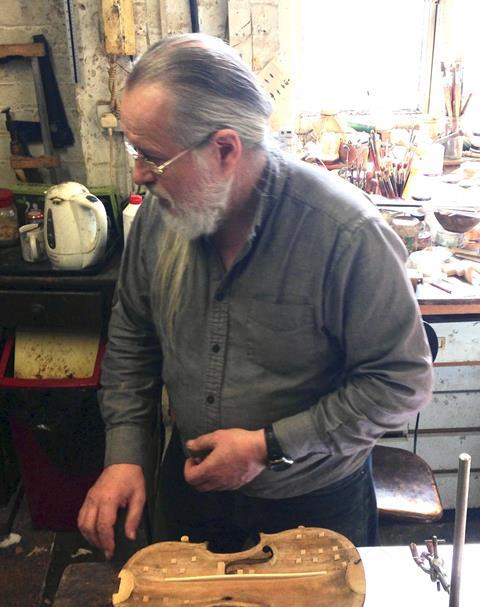
It was 2008, The Manchester-based luthier and acoustic expert George Stoppani had just developed a good set-up to show how a specific violin vibrates, and had measured and analysed a number of Stradivari and other high-performing violins. He told me that in order to understand what makes a good violin good, we also have to analyse bad violins.
I was working at Florian Leonhard Fine Violins in London at the time, and when I asked our violinist/sales rep Tom whether he could choose a violin for me that wasn’t working properly, he picked a fine-looking 17th-century Italian violin that for three years had not found a buyer in our busy showroom.
George was still in his former workshop in Chorlton-cum-Hardy, an old factory building shared with Dr Ephraim Segerman’s Northern Renaissance Instruments. George was a very rational thinker with an extraordinary ’sticky brain’ as he called it, and what looked like a total mess to the outsider was in fact a highly efficient work environment for a perfect mind obsessed with understanding the quality of violins in its complexity. There was no waste in time or money on nonsense, no compromise on substance.
Entering the room, tonewood, double basses, big counterforms, plaster casts, cases and more were stored in racks from floor to ceiling, leaving just a narrow corridor to pass through. There were three worktops. One was made of chipboard, the other was mounted on an antique dentist chair with adjustable height and covered with fabric for protection of the instruments. This was the one on which we carried out the modal analysis of the instruments. A computer and the third bench at the far end of the room were all within close reach from a swivel chair, also with adjustable height where George mostly sat, when he was not hammering the 105 spots projected on to the body of our fiddle, ten times each with his self-made impact hammer, or getting water to brew a strong cup of tea. There was also a laboratory grade hotplate with porcelain top and a ultra-precise electronic scale. I also noticed some table-sized aluminium frames that held up a batch of gut strings to dry, leaning at the side of the room.
It took most of the afternoon to collect the data into a piece of software he had coded himself. Next he ‘fitted the modes’ and then had the software convert the thousands of jagged lines into animations where he could sweep through the frequencies from the open G at 196Hz to about 4,000Hz. We would then see an animated violin body breathing in simple two phase movements at first. Later, at higher frequencies, it looked more like a violin-shaped trampoline with four people jumping, then eight, then twenty and so on. In this case he was most interested in the area from 400–600Hz – the area of the two main body resonances, B1- and B1+. He often called them ‘the heavy breathers’, as they are responsible for a lot of the heavy lifting in terms of effective sound radiation. One of them pivots around the soundpost location, the other one around the bass-bar. Sometimes he described this motion as the ‘rocking of the island’ – meaning the area where the bridge is located on the front of the violin that is freed up through the f-holes.
Read: British luthier George Stoppani has died
Read: Analysing the ‘Boissier, Sarasate’: Stradivari à la mode
On day two, he showed me that, compared with well-performing violins, the rocking of the island didn’t extent far enough into the upper bout of the front plate: in other words, the fiddle was ‘short of breath’. He suspected the area above the f-holes to be overly rigid across the grain compared with the stiffness along the grain.
Back in Florian’s workshop, we discussed the analysis and I got permission to open the fiddle. I found that nearly the entire front had been patched in various parts and it was an easy feat to thin down the patches in the areas George had identified as holding back the movement of the heavy breathers. Once put back together, Tom found it much improved and it was sold in the following weeks.
I look back on these happy memories with sadness. George leaves a huge gap and I, like many of my colleagues, will need to develop new strategies to problem-solving now that asking George Stoppani is no longer an option.
An exclusive range of instrument making posters, books, calendars and information products published by and directly for sale from The Strad.
The Strad’s exclusive instrument posters, most with actual-size photos depicting every nuance of the instrument. Our posters are used by luthiers across the world as models for their own instruments, thanks to the detailed outlines and measurements on the back.
The number one source for a range of books covering making and stringed instruments with commentaries from today’s top instrument experts.
The Canada Council of the Arts’ Musical Instrument Bank is 40 years old in 2025. This year’s calendar celebrates some its treasures, including four instruments by Antonio Stradivari and priceless works by Montagnana, Gagliano, Pressenda and David Tecchler.
Reference
It was 2008, George Stoppani had developed a good setup to show how a specific violin vibrates and had measured and analysed a number of Stradivari and other high performing violins. He told me, that in order to understand what makes a good violin good, we have to also analyse bad violins.I was working at Florian Leonhard Fine Violins in London at the time, and when I asked our violinist/ sales rep Tom whether he could choose a violin for me that wasn’t working properly, he picked a fine looking 17th century Italian violin that for three years had not found a buyer in our busy showroom.

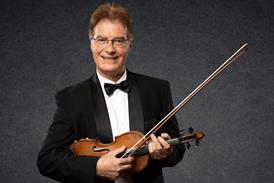
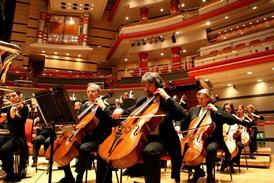
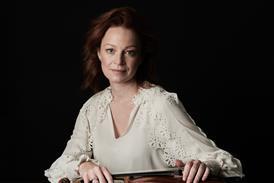
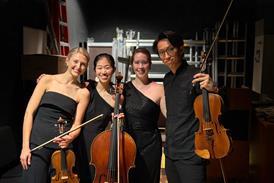
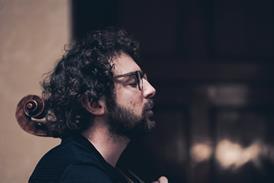
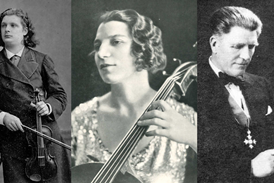


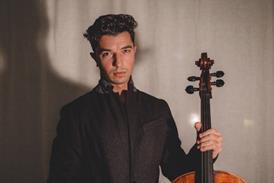
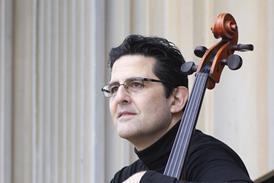
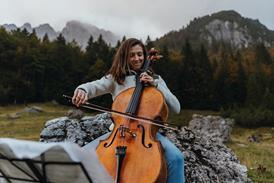
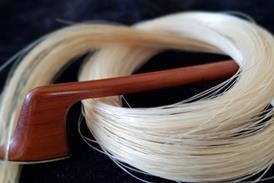
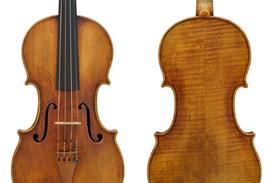
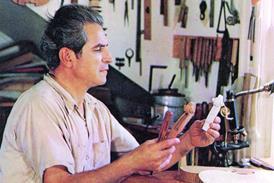

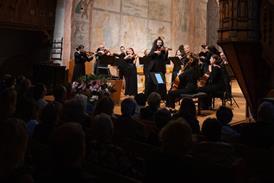

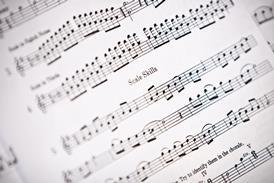
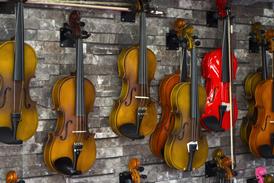

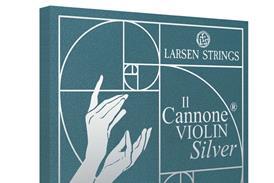
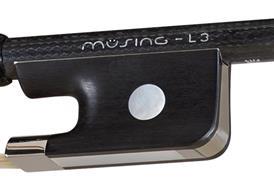


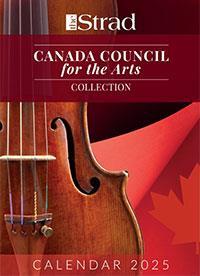
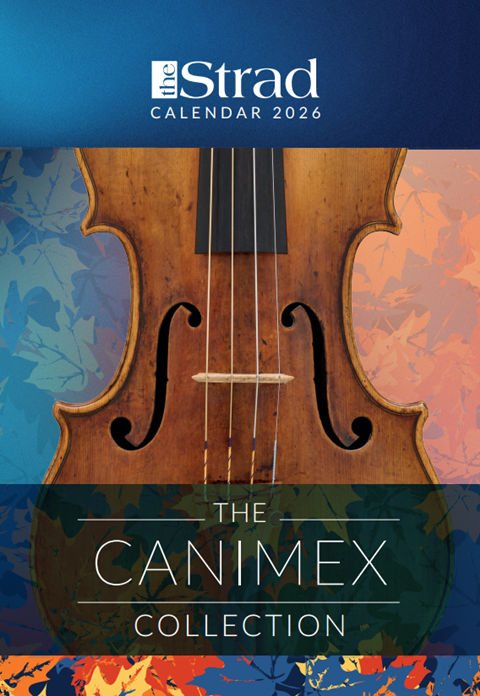
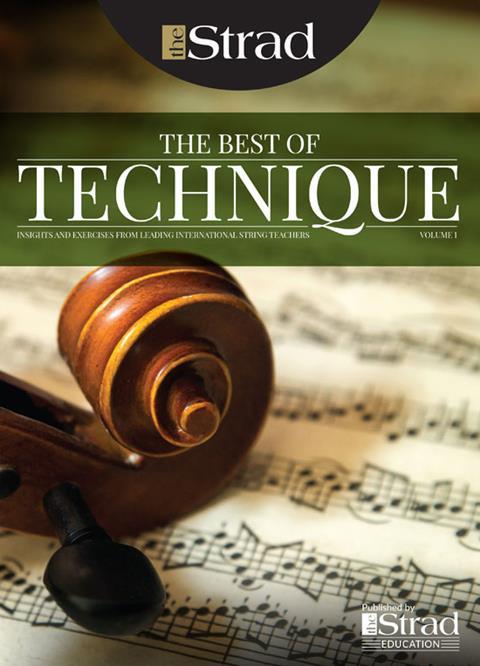
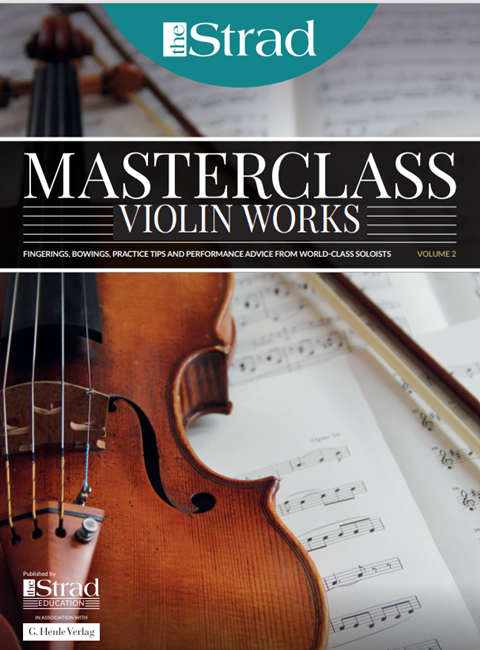
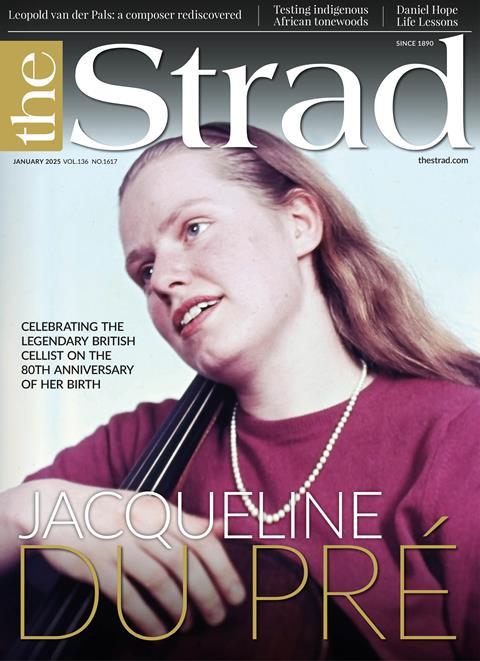
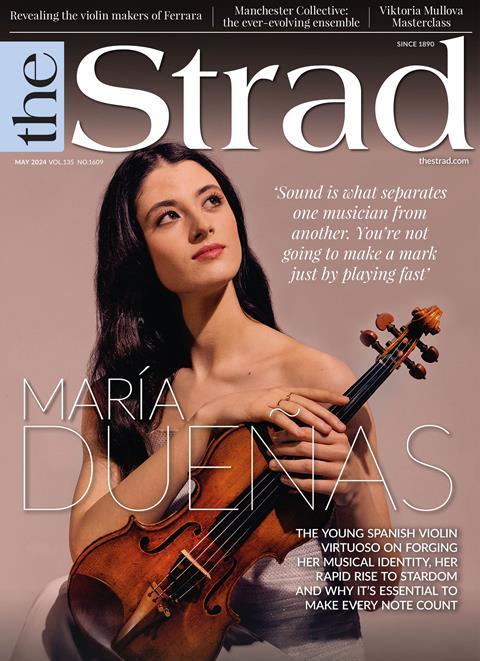
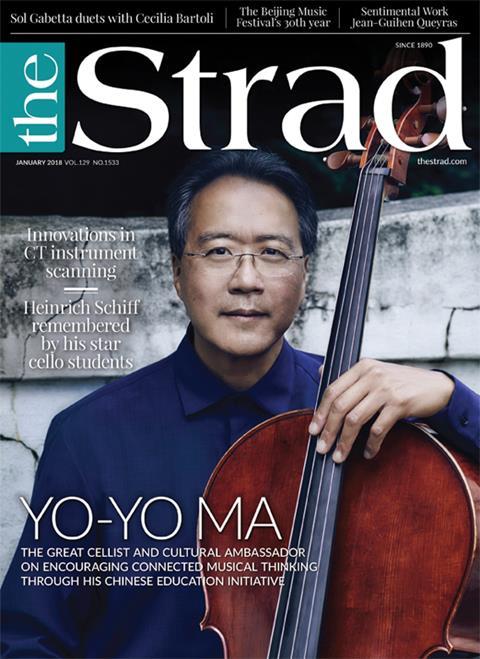












No comments yet